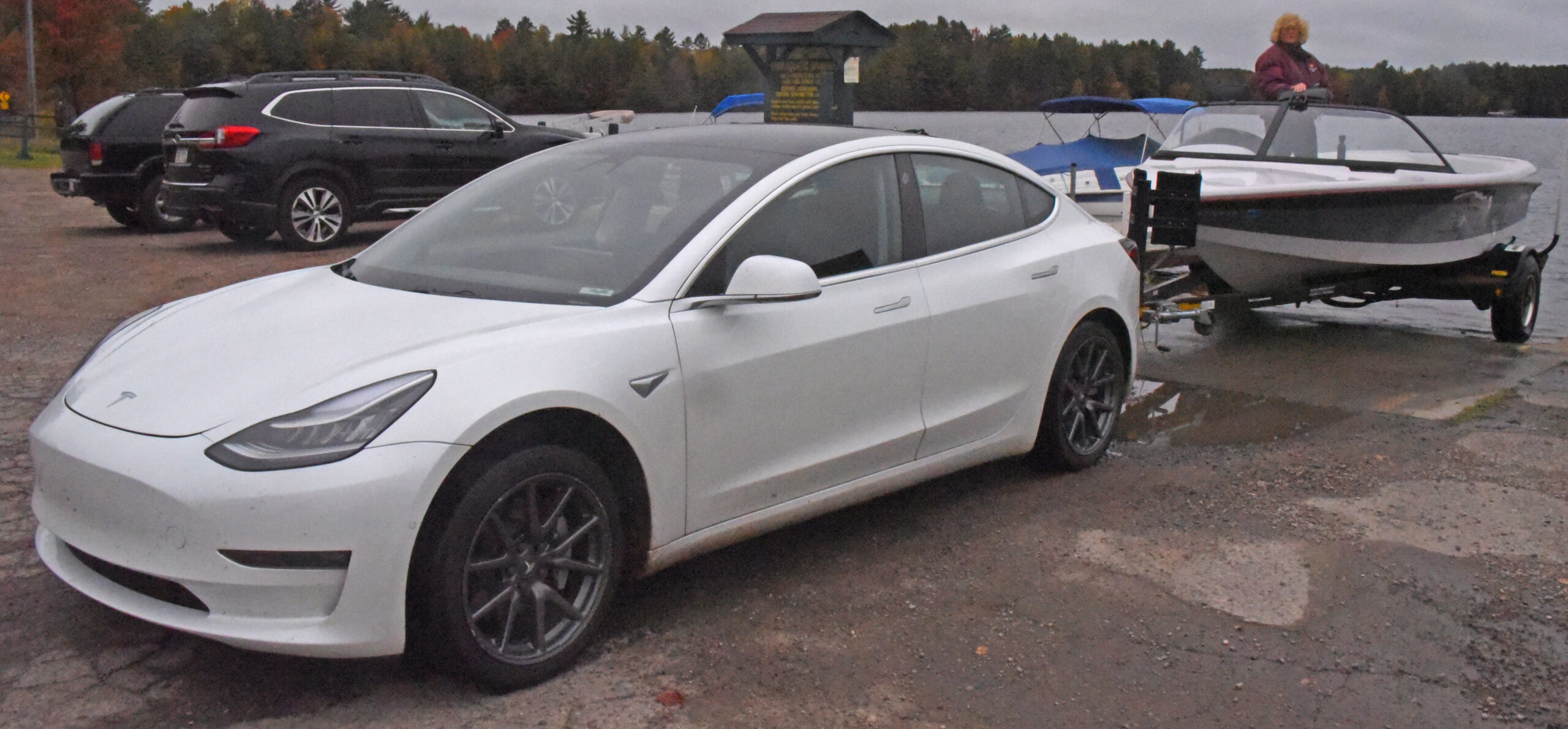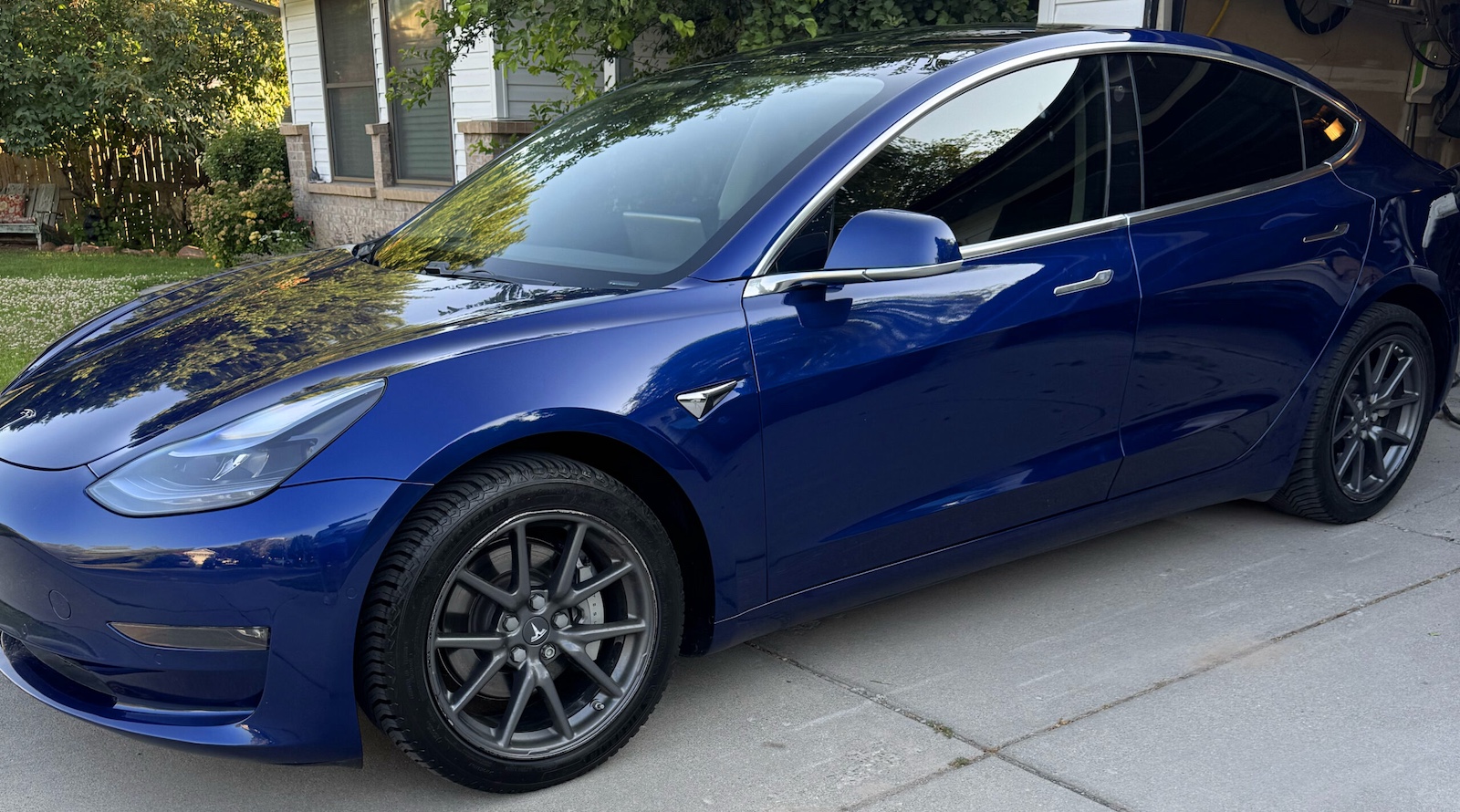You’ve been thinking about taking advantage of the superior technology of an electric vehicle for a long time, but you’ve needed a kick in the pants to get you over the hump. Your primary vehicle is only a few years old, so you are not about to trade it in. However, your secondary vehicle is over 15 years old and it has some serious issues. Is this the time when the purchase of a used EV is such a good deal that you can’t afford to pass it up?
Two factors combine to make this the time to make the jump: 1) Trump’s Big Beautiful Bill will end all government rebates on electric cars on September 30 of this year, 2) Elon Musk’s toxic politics have caused a lot of left leaning EV owners to dump their Teslas. The very capable Tesla Model 3 had its first big year in 2018, so a lot of 6- to 7-year-old Model 3s that have a lot of life left in them are sitting at car dealerships and used car lots. Not only that, but many have a year or two and over 20,000 miles left on the original 120,000 mile 8-year drivetrain and battery warranty from Tesla.
These electric cars have simple electric motors with one-speed transmissions and batteries that can easily go over 500,000 miles. They are not like gas cars that have extremely complex engines and transmissions plus timing chains and catalytic converters that will likely be having you facing huge or at least big repair bills as you go over 200,000 miles.
Government rebates: The $7500 government rebate on new EVs started in 2008, over 17 years ago. It was a deduction on your tax liability. First of all, you had to have a tax liability of $7500 or more to get the full rebate, and then you had to wait until you filed your taxes to get your money unless you were leasing the car — then the dealer could subtract the rebate at the time of sale. After the recent Inflation Reduction Act passed under President Joe Biden, you could subtract the full $7500 from the vehicle price at the time of sale. The Biden bill also added a $4000 rebate on used EVs which could also be subtracted at the time of sale.
With all the older Tesla Model 3s on dealer and used car lots, there are now some amazing deals to be had. A member of my family got a 2018 Model 3 for $15,000. With the $4000 government rebate applied at the point of sale, it covered the down payment, so he had none, and it made the total cost $11,000. It also turned out that it wasn’t just any Model 3: for starters, it was a long-range, dual-motor version. Dual motors make it essentially a 4-wheel-drive car. With an electric car, you don’t send power to the rear wheels with a complex drivetrain and differential. You just put another motor on the secondary axle and the power is transmitted there by electrical cables. However, he shouldn’t plan on driving in deep snow even with snow tires, because the car is so low it will high center. But, going up that steep snowy mountain road or steep icy driveway in the Utah winter, the dual motors are a big plus. I helped the new owner evaluate the car’s battery health and came up with a range of ~260 miles, down from the original 310-mile EPA estimate. That is plenty for his daily commute and plenty for cross-country driving nationwide on superhighways where always-up Tesla Superchargers are seldom more than 100 miles apart and never more than 125 miles apart. This car had 89,000 miles on it, so there were 30,000 miles and two years left on the original Tesla warranty on the drivetrain and battery. Tesla will replace his battery if his range drops below 217 miles (70% of new) while the warranty is still in force. However, I don’t think the battery will degrade that much. I think it will still be adequate at 15 years and 300,000 miles.

The surprise came when we gave the VIN number to the insurance company and they listed the car as the performance version. This is the top-of-the-line Model 3, which comes at a $7500 premium on a new Tesla. It means that his 510 hp car will accelerate from 0–60 mph in 2.9 seconds. The car also has 20-inch wheels, performance brakes, and a carbon spoiler. It also has better seats inside to keep you from sliding out on a turn. Compare this with a 1967 Corvette Stingray with a 427-cc big block engine which could achieve 0–60 mph in 4.7 seconds. His Tesla is a screaming drag queen.
I have the 394 hp dual-motor Model 3, which will do 0–60 mph in 4.2 seconds. It’s still hotter than that big block Chevy, and by far the hottest car I have ever owned. 100 yards or so on a two-lane road and you have easily passed that slow moving truck with silky smooth acceleration. I can’t even feel my 3000 lb ski boat when I pull it out of the water (see photo above). It’s pretty clear that the dealer didn’t know a lot about the 2018 Model 3 he was selling or he would have asked for more money.
You will pay a little more for a Tesla Model Y, which only became available in March of 2020. It has been the top selling car model worldwide in recent years, beating the Ford F-150, Honda Accord, Honda Civic, Honda CR-V, Toyota Camry, RAV4 and Toyota Hilux (Tacoma). The Model 3 that I own is a little lower and sleeker, but has less space and a very small trunk opening. If you want to take home that rocking chair from a flea market, forget it if you own a Model 3.
If you hate Elon Musk so much that you won’t buy a Tesla, there are a lot of other wonderful EV options in the US now. The Rivian pickup truck and SUV are really sweet and all their owners love them. The Ford Mustang Mach-E is great, as are Hyundai and Kia EVs. The Chevy Equinox EV is great as a more conventional SUV. Rivian, Ford, Hyundai, Kia, and Chevy EVs — in fact, almost all EVs sold in the US — can now use Tesla Superchargers. Once your car is enabled, you just back up to the Supercharger, plug in, and your credit card is billed automatically. Unfortunately, a non-Tesla can only use the newer Tesla Superchargers. This means that in places like I-80 across Wyoming that has only the older Superchargers, it’s still more of a challenge in a non-Tesla vehicle. Bottom line: If you want to travel cross country on major Interstate highways in an EV, Tesla is still the only brand that will let you make your journey without planning or worry. Conversely, only newer Teslas or those which have been upgraded can use non-Tesla CCS chargers. This is not an issue for major super highway travel, but there are some off-route locations where access to a CCS charger would be very beneficial.
Also, remember that you can get the full $7500 government rebate on any new EV until September 30th.
Referral Program: If you find any of my articles helpful to you and you are buying a new Tesla, please use my referral link: https://ts.la/arthur73734 (be sure to use it when you make your order). If you are buying a new Tesla and use my link, I believe you’ll receive $1,000 off the purchase price of a Model S or X, or $500 off the price of a Model 3 or Y. You will also get 3 months of Full Self-Driving (Supervised). Just be prepared to intervene immediately if it screws up.
Sign up for CleanTechnica’s Weekly Substack for Zach and Scott’s in-depth analyses and high level summaries, sign up for our daily newsletter, and follow us on Google News!
Whether you have solar power or not, please complete our latest solar power survey.
Have a tip for CleanTechnica? Want to advertise? Want to suggest a guest for our CleanTech Talk podcast? Contact us here.
Sign up for our daily newsletter for 15 new cleantech stories a day. Or sign up for our weekly one on top stories of the week if daily is too frequent.
CleanTechnica uses affiliate links. See our policy here.
CleanTechnica’s Comment Policy

